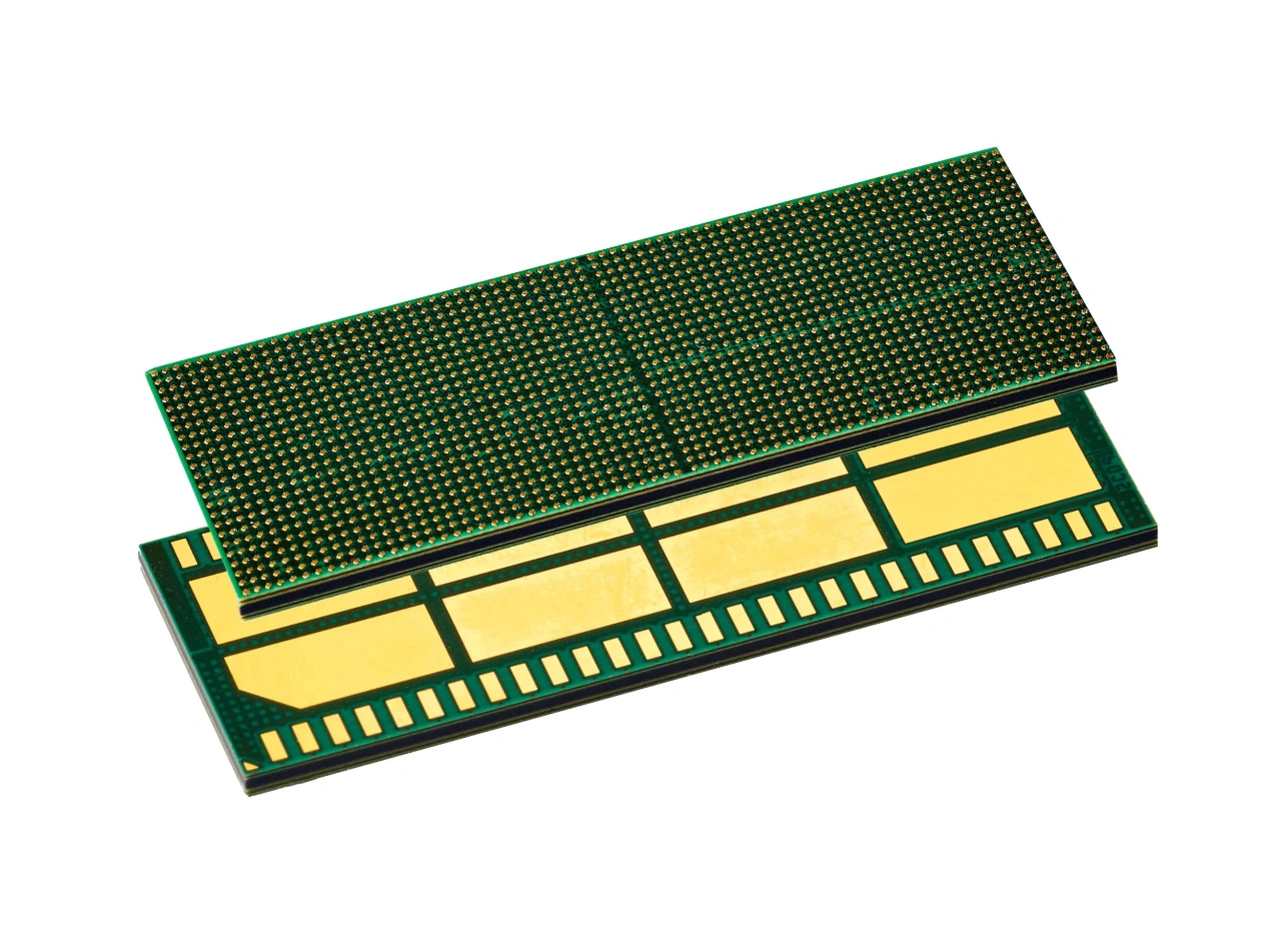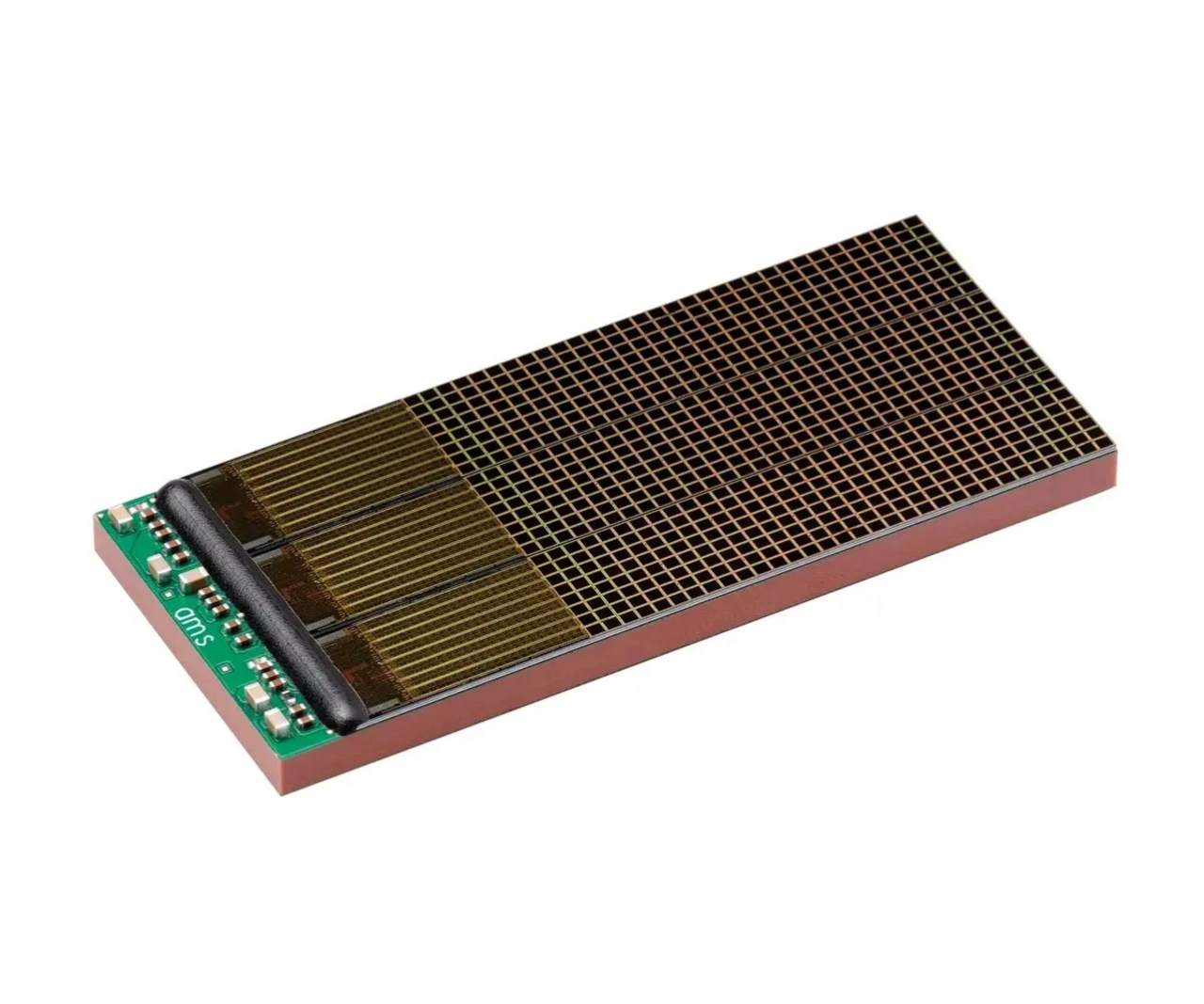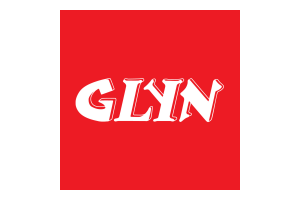System-in-Package from ams Osram
Photon Counting: New CT Sensor Module for Future Medical Imaging
The semiconductor manufacturer ams Osram has presented a new type of plug-and-play sensor module for computer tomography. The highly integrated and robust detector technology can be easily handled via a »4-side buttable system-in-package« for the highest image quality in photon-counting CT scanners.
The AS5920M high-end sensor module for medical imaging is intended for medical device OEMs who want to integrate photon-counting detectors into their CT devices. The so-called photon counting uses cadmium telluride as the detector material. The crystal can convert X-rays directly into detectable electron pairs and thus ensures much better image quality with lower radiation exposure. Photon counting is considered a disruptive technology; experts expect the majority of all CT scanners to be operated with photon counting detectors in the future.
With its proprietary photon counting CT detectors, which are partly manufactured in Europe, ams Osram aims to expand its position in the market and become the leading supplier of semiconductor and sensor technology for medical imaging.

Photon Counting: High-End Resolution with Less Radiation
The newly developed AS5920M sensor module has the ability to detect individual X-ray photons. This enables the AS5920M to significantly reduce radiation exposure during CT examinations without compromising on image quality. The detector pixel size of the module is nine times smaller than that of conventional CT devices, which, in combination with outstanding material differentiation, low noise and excellent contrast, can lead to highly precise diagnoses on the doctor's side.
For developers, the uncomplicated integration into CT detector systems and the robust processing during production are particularly important. As an innovative four-sided stackable system-in-package (BSIP), the AS5920M can be easily assembled into larger detector areas as required for clinical CT applications. By integrating multiple ICs and passive components into a single package, the bill of materials is cost-efficiently optimized.

Also at Low Cost: Detectors for Slice CT Devices
In addition to the photon-counting sensor variant, ams Osram has also introduced the AS5952M for the price-sensitive CT segment. The powerful yet cost-effective sensor module is designed for 64-slice CT systems. The module offers a wide sensor coverage of 4 cm, which is crucial for achieving high acquisition speeds and low motion artifacts in the CT mass market segment with high patient numbers.
Consisting of three AS5952 sensor chips that can be arranged on three sides, the module with its innovative chip architecture reduces manufacturing complexity and therefore costs. The latest chip in this series can be connected on three sides, which reduces complexity in production and costs at the same time.
The required stitching technology, which was developed in-house by ams OSRAM in its own wafer production, enables elongated sensor chips of high quality - including low dark current and minimized noise. The AS5952 ASIC integrates a 256-channel analog-to-digital converter (ADC) and the photodiode array in a monolithic package, resulting in cost savings and improved noise performance.
Photon-Counting CT Detectors are the Future
The new sensor modules from ams Osram can take CT imaging in various clinical areas to a new level with extended application possibilities. Recording the heart beating in real time? From oncology to the treatment of cardiovascular diseases, the photon-counting modules enable more precise diagnoses and early detection of diseases.
For patients, the reduced radiation exposure makes CT examinations safer, especially for children and for regularly required screenings. By combining high performance and cost efficiency, access to advanced CT technology is made possible for a larger number of
medical facilities and thus for a broader section of the world's population.
For medical technology developers, the new plug-and-play sensor modules from ams OSRAM offer a highly integrated complete solution to develop the next generations of CT systems on one platform. With a focus on precision, reduced radiation exposure and cost efficiency, the sensor modules set new standards for medical imaging and open up new possibilities for improved diagnostics and patient care. (uh)





